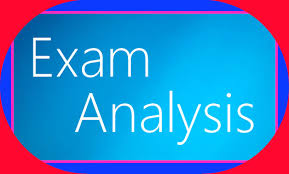Hello friends,
Welcome to Stratus – IBPS Clerk Course 2015 – Prelims Mock Test.
It will help you to know where you stand before appearing for the actual exam. IBPS Clerk Course 2015: Prelims Mock Test platform will help you to practice, analyze and improve your performance, by providing detailed solutions for all the questions.
Our Motto is to boost your confidence,which plays a key role in success;Because “Your Success = Our Success”
Title: IBPS Clerk Course 2015: Prelims Mock Test 1
Category: Mock Test
Test Time: 1 hrs
Test End Date: Dec 13 2015
- Kindly start the quiz, after the page loaded.
- After completing the practice test, please enter your name & E-mail id,so that you could find your name and results on scoreboard list.

No Registration & No Fees – Absolutely Free Free
Try Demo Exam Now to understand our tool.
Help & Request : Share our Practice Test Page with your friends and FB Group
Stratus – IBPS Clerk Course 2015
Note:
- If you find any error or mistake, Please let us know
IBPS Clerk Course 2015: Prelims Mock Test 1 Learderboard
IBPS Clerk 2015 Prelim & Main Exam Syllabus & Pattern
Quantitative Aptitude – Question 1 to 35
Reasoning – Question 36 to 70
English – Question 71 to 100
_____________________________________________________________________
[WpProQuiz 69]
_____________________________________________________________________



